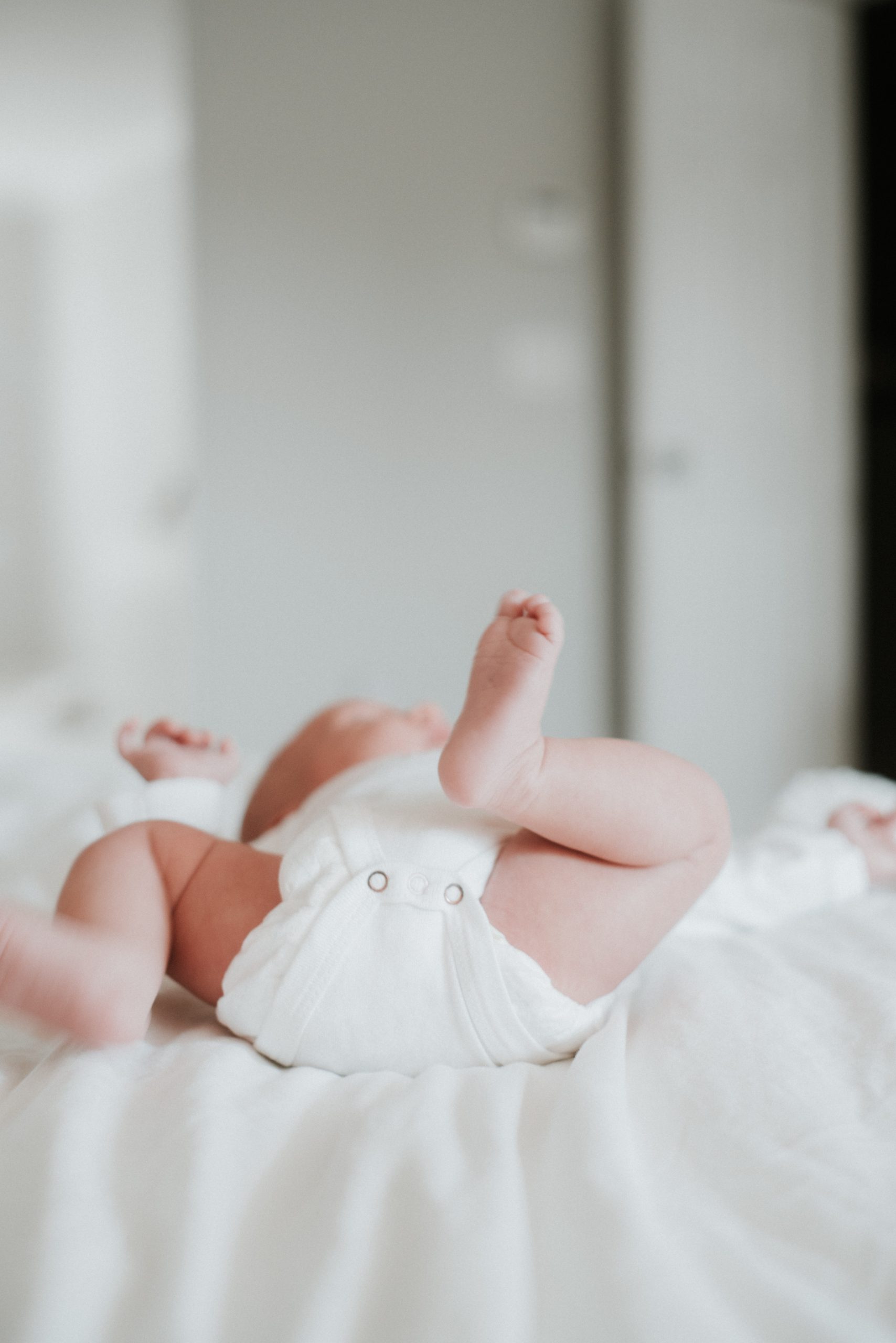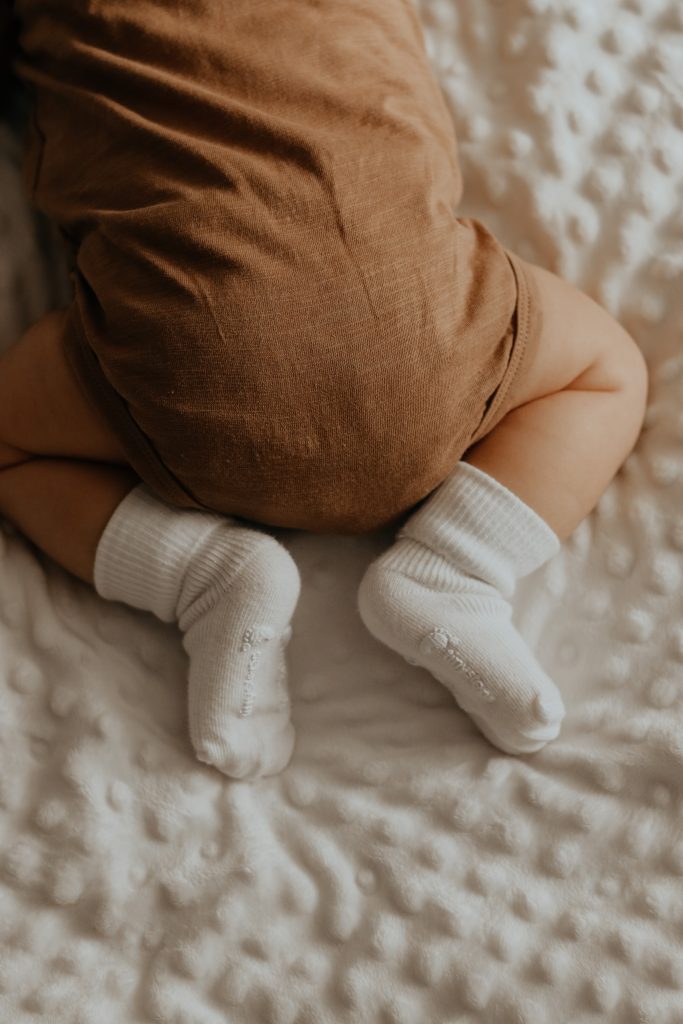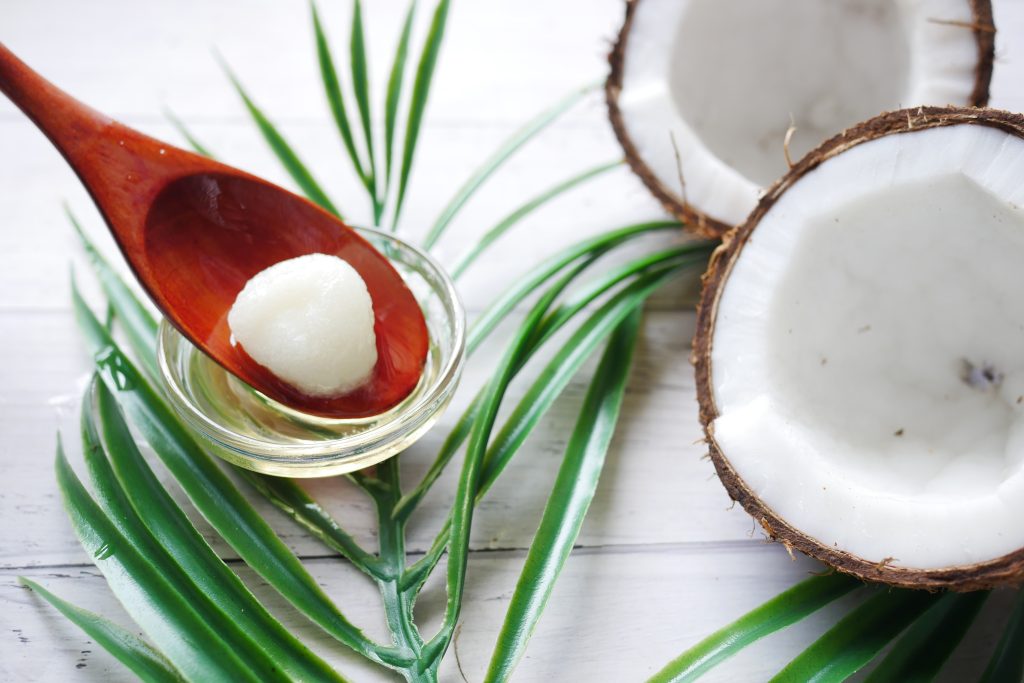5 Natural Remedies for Diaper Rash

Is your baby suffering with diaper rash? Red, inflamed, irritated skin that leaves your baby uncomfortable and a bit fussy. Diaper rash is a type of irritant dermatitis, or inflammation of the skin. The moist, warm, and enclosed environment of a diaper, combined with loads of bacteria, make a baby’s bottom the perfect place for a rash to manifest.
Lucky for you and your little one, diaper rash can be easily fixed in most instances. Some other types of rashes can linger and grow worse and more painful, causing your baby to be agitated (rightfully so). In these instances, you may need to help your baby fight off the rash which can be done with the help of some natural remedies which are provided below.
Keep in mind that a diaper rash can develop into a secondary fungal or yeast infection called candidiasis. It will look bright red, raw, or even ooze a little bit. If it develops into candidiasis and does not improve, call the baby’s pediatrician.

Possible Causes of Diaper Rash
There are many different variables that can cause diaper rash, below are some of the more common ones:
- Allergic reaction to foods
- Changes in baby’s diet
- Diaper is too small or too tight
- Frequent bowel movements
- Hot and/or humid weather
- Infrequent diaper changes
- Laundry detergent
- Materials in diapers that irritate sensitive skin
Allergies & Sensitivities
Diaper rash can be caused by an allergic reaction to foods or things in the environment such as laundry detergent or materials in diapers/clothing.
Certain foods may be making the baby’s waste acidic or causing diarrhea. If you find your baby is getting rashes frequently and it isn’t an environment or diaper issue, keeping a list of what the baby is eating will help to avoid those foods until you’re able to discuss it with the baby’s pediatrician.
It is also possible that your baby may have skin sensitivities to certain clothing or diaper materials. If your baby has sensitive skin or a suspected allergy, ask the baby’s pediatrician about it to help figure out the possible cause.
Diapers
Diapers are a much needed item in caring for our baby but unfortunately sometimes they can create issues due to being an enclosed environment. Since diapers are used to contain our baby’s waste, if they are too small, tight, or left on for too long of time it can lead to diaper rash from excess moisture and bacteria. It is also possible that your baby may have an allergy to one or more of the materials that the diaper is made of.
Cloth Diapers
If you are using cloth diapers, they may be contributing to or worsening the rash. A common cause is that diapers aren’t being properly laundered which can cause harboring of build up of a lot of bacteria. It is also possible that your baby has sensitivities to the laundry detergent being used.
Consider switching temporarily to disposable diapers until the rash clears up and you can figure out the root cause to prevent a rash in the future.
Remedies for Diaper Rash
Now that you know some of the causes for babies developing diaper rash, here are some natural remedies for healing it. To prevent a really terrible time for you and your baby, it is crucial to get to the rash as soon as there are signs of a rash and treat it before it becomes worse.
Air Out
Exposure to air is key to helping prevent and heal a diaper rash, it helps to lessen the moisture in the area to keep bacteria growth down. Check to make sure the diaper is not too small or too tight as this may cause irritation and having a properly fitted diaper allows for proper airflow. Consider going diaper-less for brief periods of time to aid in healing.
Method: Place a waterproof mat with a towel on top down on a hard floor. Lay your baby down on it and give them a toy to play with for at least ten minutes. If your baby is older and mobile or walking, a non-carpeted kitchen is a good place to air out. Use baby gates to barricade doorways so the baby stays in the kitchen. That makes it easier to clean up accidents from a diaper-less baby.
Baby Powder
A great go-along with salve I like to use is baby powder by Bee Joyful, since it’s all-natural and talc free. Baby powder creates a protective barrier to prevent chafing and keep moisture away from the skin.
Method: Sprinkle on the affected area right after applying salve. If you’re just wanting to dry the area due to too much moisture, make sure the skin is clean and dry then apply by gently shaking onto the area as needed.
Baking Soda
The best and quickest remedy to use for tackling diaper rash is baking soda. A baking soda bath for the baby is the fastest way to neutralize acidity, and it can quickly calm the affected diaper rash area. Since babies usually enjoy splashing in a nice bath or playing with bath toys, any time my baby begins to show signs of diaper rash, I make a baking soda bath for him.
Method: Fill the bathtub to a few inches deep, add ½ cup of baking soda to the water and swirl it around to dissolve the baking soda. Let the baby sit in the bath for at least 5-10 minutes. Note:If you have a small baby bath, use a ratio of one teaspoon baking soda per gallon of water.
Breastmilk
If you’re breastfeeding your baby, you have easy access to a diaper rash remedy that is as natural as they come! Breast milk is full of natural antibodies and anti-infective properties that your baby is already used to.
Method: Put some breast milk in a small container. Using a cotton ball, dip into the breast milk then apply directly on the clean, dry diaper rash area. Keep applying it as long as the rash persists.
Coconut Oil
Coconut oil has natural antifungal properties, which may be especially helpful if the baby has a yeast diaper rash. Cold-pressed, organic, unrefined coconut oil works best since it isn’t highly processed and retains more of its natural properties. This remedy may be the most soothing for your baby if the rash is sensitive or raw. The coconut oil will help to alleviate the stinging or burning sensation and an added benefit is that they’ll smell lovely as well!
Method: Take a pea-sized amount on your finger and rub it onto the clean, dry diaper rash area, apply more as needed.

Diaper Changes
Change the diaper immediately after the baby has soiled it. Even if the baby only pees, change it. Any acidity or moisture containing bacteria will only prolong it or make it worse.
If the baby screams or cries when you change their diaper, try to not use wipes and instead rinse the baby’s bottom in the shower then gently pat dry with a towel. Depending on the ingredients in the wipes, they may be irritating to the rash and make it worse.
Salve
Natural salves really aid in the healing process for diaper rash by working with the skin to heal the rash. An all-natural salve that I absolutely love and use all the time is Bee Well, which is a wonderful salve with no added chemicals. It is great for small cuts, non-serious burns, bee stings, sores, rashes, and eczema.
A great tool that Meghan recommends to use with any kind of creams (especially thick ones) or salves is a diaper cream spatula. She loves that there is a travel-sized one as well that is perfect for on-the-go! This flexible, soft spatula helps apply creams/salves easily and gently. It will also save you some dread of having to try and wash off that thick cream from your hands. It is also better sanitation-wise since you aren’t touching the infected area with your hands, possibly introducing more bacteria to an already problematic area.
Method: Wash the baby’s bottom and dry it thoroughly. Then apply the salve, it does not have to be thickly spread on, just enough to create a protective barrier.
Summary
As much as we may like to try and use only natural remedies, if your baby has ongoing, open sores on the diaper rash area, contact the baby’s pediatrician, as these can become infected, and more serious treatment may be required.
Diaper rash is never fun to deal with, and the caretaker is often almost as miserable as the baby. Since rashes can take awhile to heal completely and are uncomfortable, babies tend to become fussier and wake up more at night because of the pain. Just remember, diaper rash is only temporary and will go away eventually, you and baby will get through it.
Subscribe
Enjoying our content? Stay up to date on all of our latest posts, subscribe now to receive an email every Friday with our new posts of the week!